Google Ads is an effective advertising tool for businesses of all sizes and has a bunch of built-in options for conversion tracking. Sometimes, however, your business needs a more customized option. Luckily for us marketers, Google Ads allows us to import goals that we track in Google Analytics, and then use those goals as conversions. In this post, we’re going to show you how to use your Google Analytics goals as Google Ads conversions, step by step.
Step 1: Set Up Google Analytics on Your Website

How to Set Up Google Analytics on a Website
When you arrive at the Tracking Code section of Google Analytics you’ll see the Global Site Tag code. This is the code that we need to add to our website. The code looks like this:

Next, we need to copy the Global Site Tag code and paste it to the <head> tag of every page on our website. The exact instructions on how to do this will depend on the platform you have built your website on. Here are some common platform instructions:
- WordPress – How to Install Google Analytics in WordPress for Beginners
- Wix – Adding Your Google Analytics Code to Your Wix Site
- Squarespace – Using Google Analytics with Squarespace
- Shopify – Setting up Google Analytics
Step 2: Create Google Analytics Goals
Once we have the analytics code installed across our website, the next step in this process is deciding what you’d like to measure. This will help you build goals in Google Analytics. There are both templates and custom goals to help you implement goals that make sense for you and your business. To make your new goal, click on “Admin” and choose the analytics “view” you’d like to make the goal in. In the “View” column, find “Goals” then, click on “+Goal.” Alternatively, you can choose “Import from Gallery.” This will allow you to use a past goal that you’ve already created, or start a new one from scratch.

Google Analytics offers three ways to create your goals. They are Smart Goals, goal templates, and custom goals.
Google Analytics Goals
While Google Analytics is a very versatile tool, it can only function in specific ways. There are specific actions that can be measured within the platform. There are four types of goals to choose from:
- Event goals
- Destination goals
- Duration goals
- Page or screens per session goals
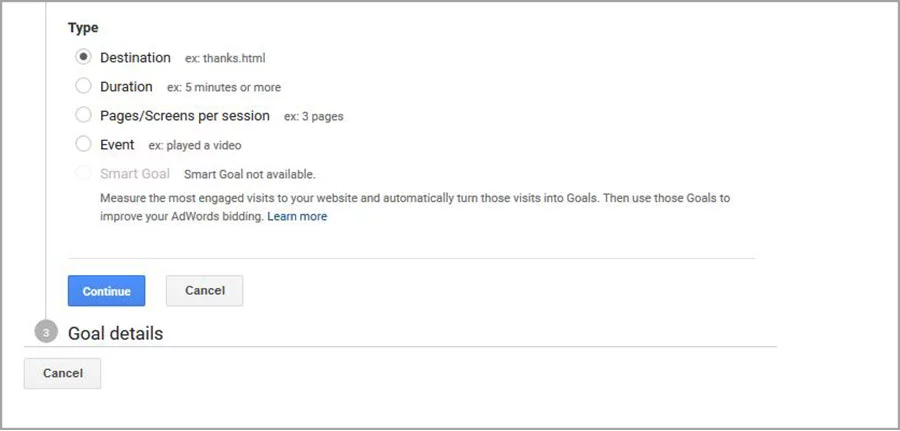
What is an Event Goal?
An event goal is based on how a user interacts with your website (or app). Some examples of events are clicking a button or playing a video. The event needs to be set up prior to creating the goal. The “event conditions” in the goal creation process will allow you to configure your goal settings to measure the action you’re looking for. If you need to know more about events, you can read more on the Google Analytics Support pages.
What is a Destination Goal?
Sometimes you simply want to know when a user sees a specific page on your website. An example is visiting a specific page on your site like the checkout page. This is where the use of destination goals come in. This goal lets you measure website or app pageviews on specific URLs as conversions. You can also track multiple page visits to create steps in a funnel. For example, the first step in your funnel may be your “add to cart” page, then your “checkout” page, then finally your “order confirmation” page. To use this goal, you’ll give the page URL or app screen name in the “destination” field and then utilize the match type that fits best. Match types you can choose from are “begins with,” “regular expression” and “equals to.” If you’d like to use a funnel, then you’ll click “on” under the heading “funnel,” and click “+add another step.” You’ll add the URL or app screen name again. Keep in mind the match type will need to be the same as what you choose for the “destination.” You can keep adding URLs or screens to increase the funnel length.
What is a Duration Goal?
When you set a duration goal, you’re counting a conversion every time a user spends a specific length of time on your site. These visits are called sessions. You’ll specify the hours, minutes, and/or seconds you’d like to count as a session and anything longer than that will be recorded as a conversion. One example is tracking users who spend more than 2 minutes clicking around your site.
What is a Pages or Screens per Session Goal?
This goal allows you to set a number of pages or screens (apps) that you would like a user to view during a single session. For instance, if my goal was three pages then any time some viewed three pages, Google Analytics would count that as a goal completion. It’s useful to use this for tracking user engagement.
How to Create a Custom Goal
Custom goals allow you to tailor a goal to your needs within the available measurement parameters of Google Analytics. If you’d like to create this kind of goal, then you’ll start out as above and choose “custom” in the options list and select your goal type. Click next and continue setting up your goal.
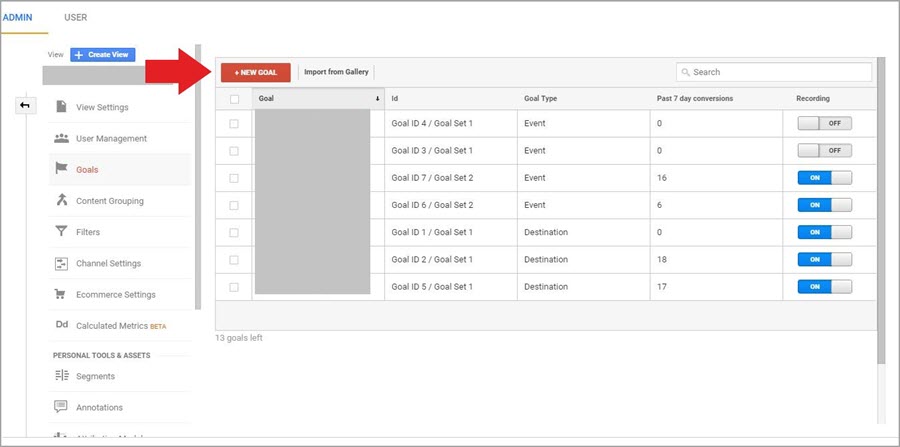
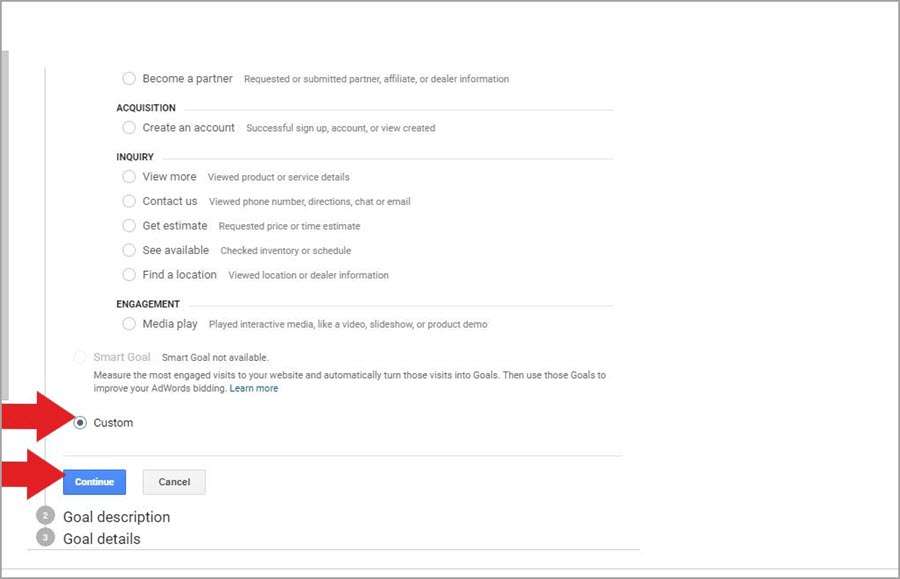
Using Smart Goals
If your account is eligible, you can use Smart Goals. You’ll follow the steps to create a new goal and choose “Smart Goals.” If you don’t have the option to select “Smart Goals,” then you’ll know your account didn’t meet the prerequisites. “Smart Goals” are set up at the view level, and use machine learning to decide which sessions are expected to convert. Basically, it scores sessions and then it uses these to create “Smart Goals.” Smart Goals are specifically geared toward optimizing Google Ads and cannot be edited. They’re helpful to get you started quickly with goals, but they don’t apply to mobile app views currently. They also can’t register view through conversions or be used for sites that have more than one million hits per day, so there are some limitations.
Step 3: Import Your Goals into Google Ads
You know how to set up google analytics for a website, gotten your goals set up and it’s time to import them into Google Ads. First, sign into your account, then click the wrench at the top right (this is also known as the tools tab), then click conversions.
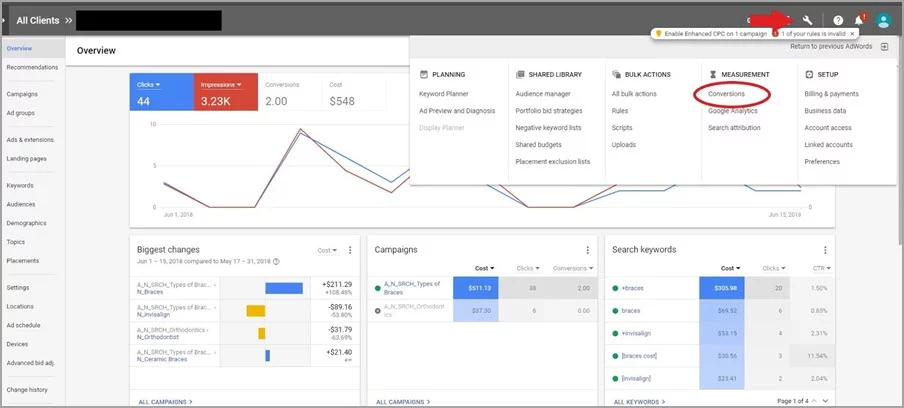
Next, click on the blue plus sign to add a new conversion to the account.

You then need to choose import conversions from another system.
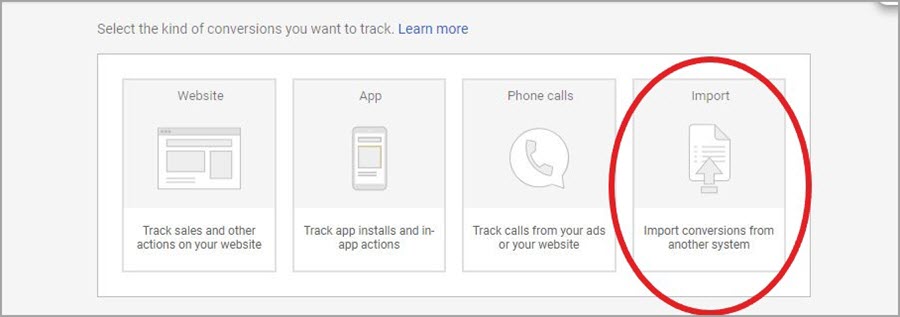
Finally, you’re going to select Google Analytics as our import source and click continue.
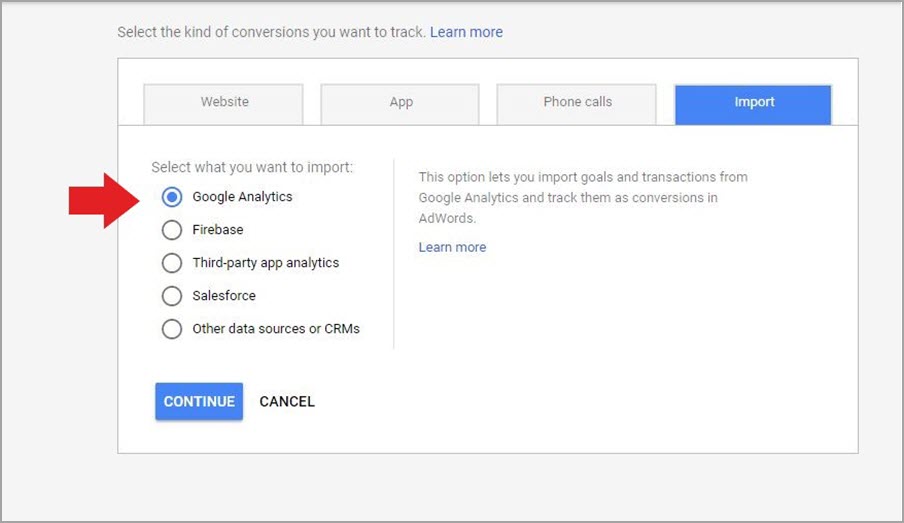
From here, you’ll choose the goals you want to import by clicking the checkboxes. When you’ve selected all of the goals you’d like to import, click “Import and Continue” and then “Done.” And that’s it! You’ve now imported those Google Analytics goals that you created and you can now track them as conversions in your Google Ads account. By using custom-built goals from analytics you’ll be able to you to analyze and optimize your Google Ads account much more efficiently for the actions that matter most. Find this helpful? Let us know in the comments below!

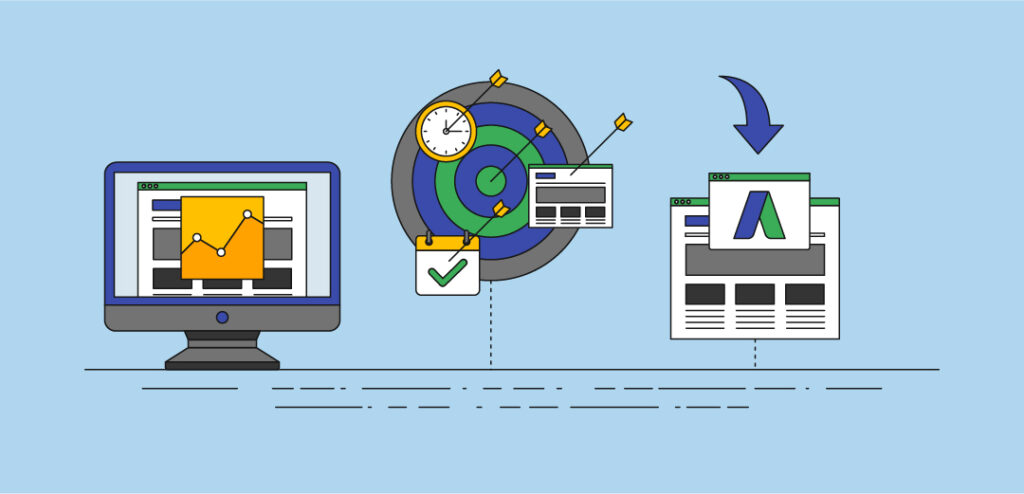
Reader interactions
13 Replies to “How to Set Up Google Analytics Goals for Google Ads”
I like the efforts you have put in this, regards for all the great content.
You’re so awesome! I don’t believe I have read a single thing like that before. So great to find someone with some original thoughts on this topic. Really.. thank you for starting this up. This website is something that is needed on the internet, someone with a little originality!
I very delighted to find this internet site on bing, just what I was searching for as well saved to fav
I like the efforts you have put in this, regards for all the great content.
There is definately a lot to find out about this subject. I like all the points you made
This is really interesting, You’re a very skilled blogger. I’ve joined your feed and look forward to seeking more of your magnificent post. Also, I’ve shared your site in my social networks!
I truly appreciate your technique of writing a blog. I added it to my bookmark site list and will
I very delighted to find this internet site on bing, just what I was searching for as well saved to fav
This was beautiful Admin. Thank you for your reflections.
I like the efforts you have put in this, regards for all the great content.
Great information shared.. really enjoyed reading this post thank you author for sharing this post .. appreciated
I just like the helpful information you provide in your articles
I really like reading through a post that can make men and women think. Also, thank you for allowing me to comment!